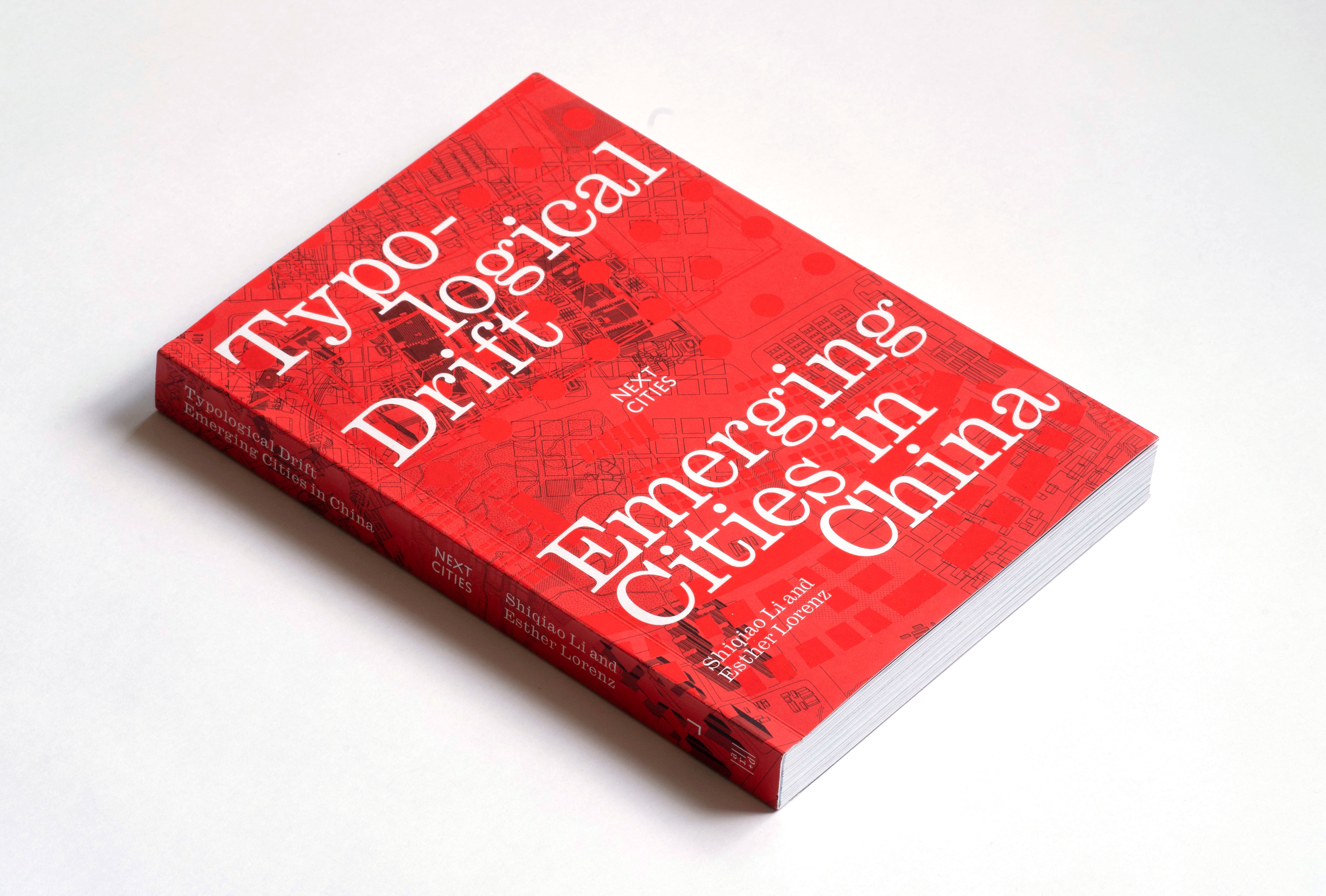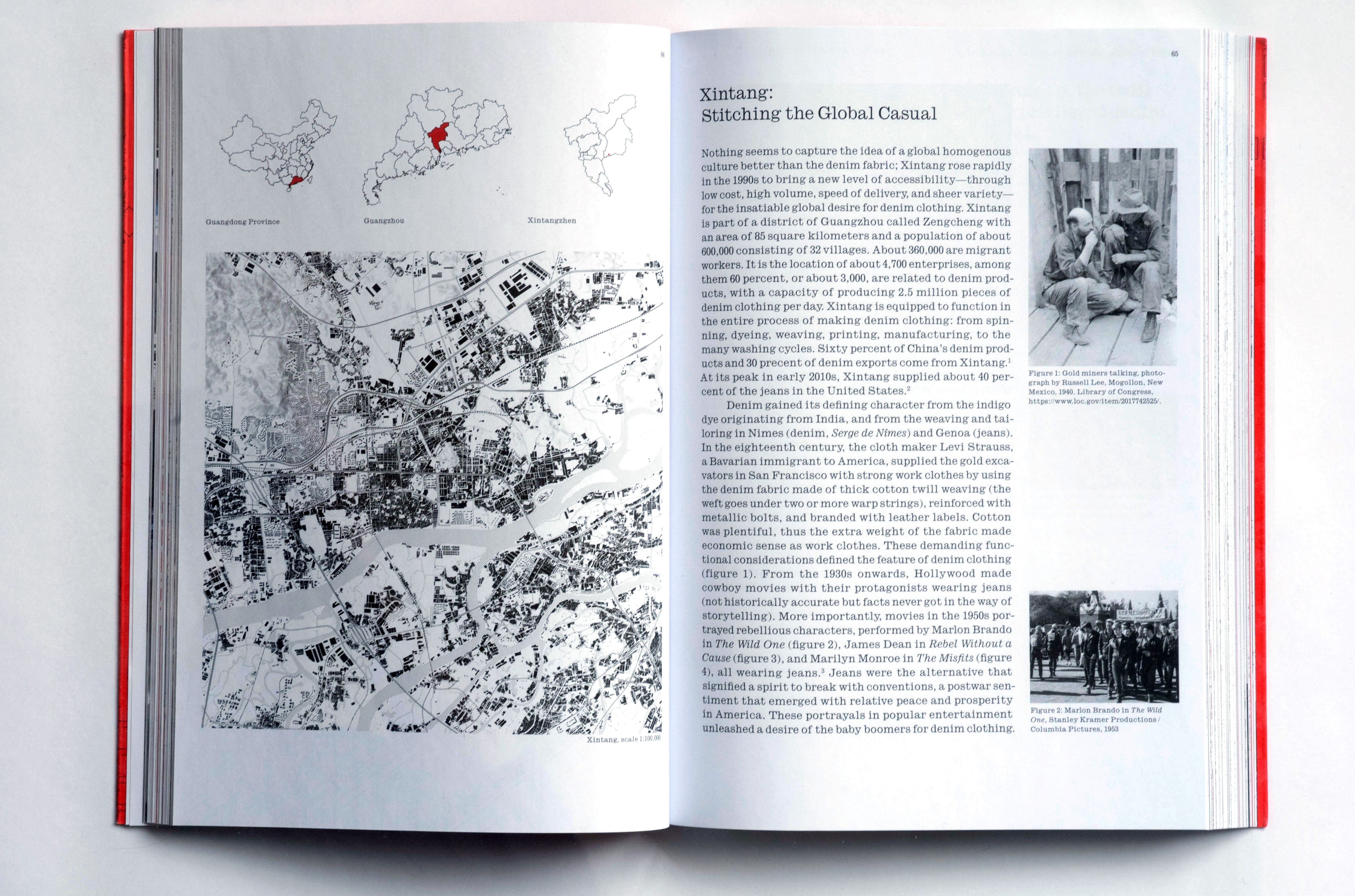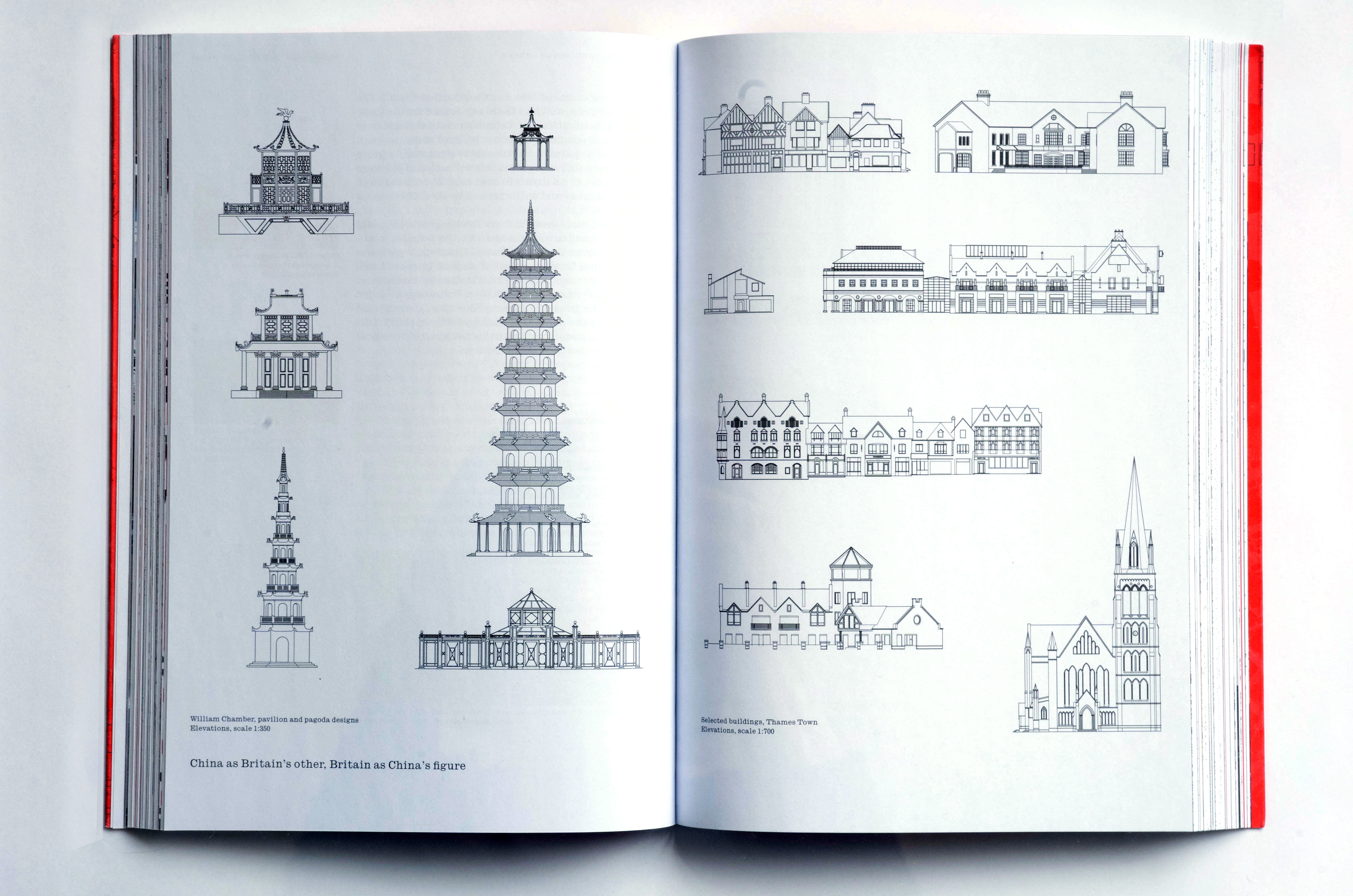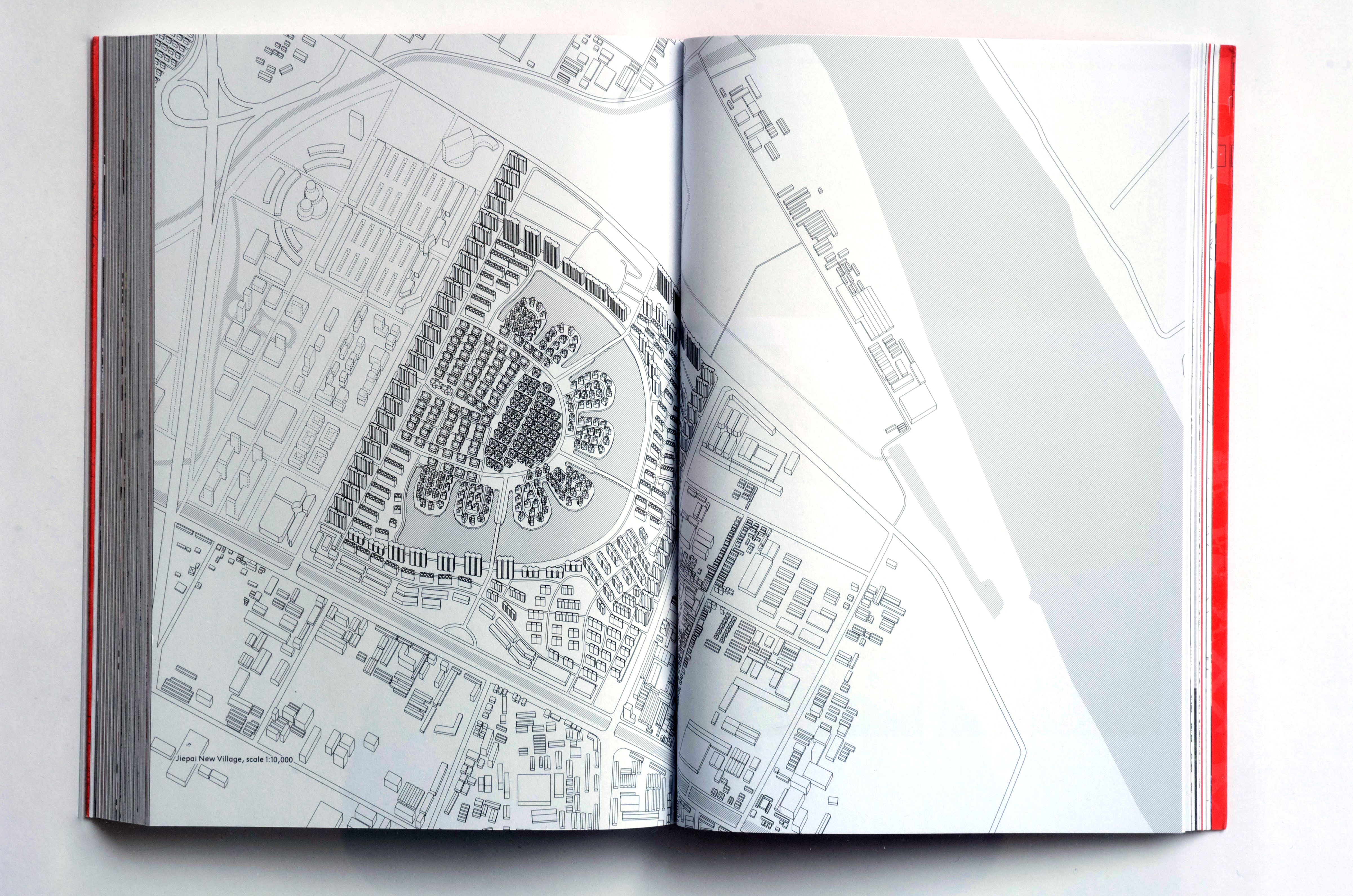





Typological Drift: Emerging Cities in China
Shiqiao Li and Esther Lorenz
Typological Drift: Emerging Cities in China documents the impact of the Chinese culture on the development of city types in China in the past four decades, leading to surprising urban realities that often escape normative urban theories. Result of a decade of research by Shiqiao Li and Esther Lorenz in the two large city-regions in China, the Pearl River Delta and Yangtze River Delta, this book offers frameworks of understanding of China’s urban realities from within Chinese thought and language. The book uses the concept of drift, which parallels one of the four rudimentary patterns of biological change: mutation, adaptation, migration, and drift. Drift of phenotypes takes place when chance events randomly terminate some features and allow other features to flourish in ways that are unrelated to other patterns. In the past four decades, the Chinese culture has exerted a set of forces that may be seen to have functioned as “unexpected events” in the normative processes of urban change. Three main “drift triggers” – ten thousand things, figuration, and group action – frame the book in theory and empirical examination. The book concludes with a reflection on the state of China’s architectural profession which is deployed as the frontline of China’s urbanization. Through thirteen case studies, the book reveals, how a thing-based conception of quantity, an unwavering enthusiasm for figuration, and the instinct for group action have given rise to distinctive Chinese urban formations.
Typological Drift comprises an extensive photographic documentation and more than 60 original maps and drawings, many of them of places that have never been drawn before. Each case study is explained through an essay to frame it within aspects of Chinese culture, set against a background of how the case would have been understood and constructed in European and American cultural contexts. This is followed by a “typology page” that visually displays important parallel and/or contrasting examples side by side. Original axonometric drawings and photographic documentation further expand on the unique features of each case study. At a time when globalization perpetuates extreme forms of sameness and fundamentalism, this book recalibrates a cultural understanding in urbanism by making both Chinese and Western urban principles “indigenous,” injecting a stronger sense of reflexivity in the process. This is laid out in these pages not in a spirit of relativizing cultural practices in city making, but in pursuit of a dialogue “in-between” different urban traditions by suspending their divergence in productive tension.
Contents
Foreword
Acknowledgements
Introduction
Drift of City Types
Drift Triggers
Drift Trigger One: Ten Thousand Things
Yiwu: Postmodern Sublime
Xintang: Stitching the Global Casual
Gurao: The Underworld of Underwear
Drift Trigger Two: Figuration
Thames Town: The Lives of Others
Minmetal Hallstatt: Gaming the Real Estate
Hengdian: The Production of Time
CIPEA: Avant-garde as Superfluous Things
Lujiazui: The Added Value of Elevation
Nanhui: The Oversized Circle
Drift Trigger Three: Group Action
Jiepai New Village: Harvesting Group Enlargement
Huaxi Village: The Rural Chinese Dream
Guangzhou University City: Spatializing the Group Intellect
The Architectural Profession
TJAD: Reinventing Professional Practice
Find the book on the publisher’s website.
Shiqiao Li and Esther Lorenz
Typological Drift: Emerging Cities in China documents the impact of the Chinese culture on the development of city types in China in the past four decades, leading to surprising urban realities that often escape normative urban theories. Result of a decade of research by Shiqiao Li and Esther Lorenz in the two large city-regions in China, the Pearl River Delta and Yangtze River Delta, this book offers frameworks of understanding of China’s urban realities from within Chinese thought and language. The book uses the concept of drift, which parallels one of the four rudimentary patterns of biological change: mutation, adaptation, migration, and drift. Drift of phenotypes takes place when chance events randomly terminate some features and allow other features to flourish in ways that are unrelated to other patterns. In the past four decades, the Chinese culture has exerted a set of forces that may be seen to have functioned as “unexpected events” in the normative processes of urban change. Three main “drift triggers” – ten thousand things, figuration, and group action – frame the book in theory and empirical examination. The book concludes with a reflection on the state of China’s architectural profession which is deployed as the frontline of China’s urbanization. Through thirteen case studies, the book reveals, how a thing-based conception of quantity, an unwavering enthusiasm for figuration, and the instinct for group action have given rise to distinctive Chinese urban formations.
Typological Drift comprises an extensive photographic documentation and more than 60 original maps and drawings, many of them of places that have never been drawn before. Each case study is explained through an essay to frame it within aspects of Chinese culture, set against a background of how the case would have been understood and constructed in European and American cultural contexts. This is followed by a “typology page” that visually displays important parallel and/or contrasting examples side by side. Original axonometric drawings and photographic documentation further expand on the unique features of each case study. At a time when globalization perpetuates extreme forms of sameness and fundamentalism, this book recalibrates a cultural understanding in urbanism by making both Chinese and Western urban principles “indigenous,” injecting a stronger sense of reflexivity in the process. This is laid out in these pages not in a spirit of relativizing cultural practices in city making, but in pursuit of a dialogue “in-between” different urban traditions by suspending their divergence in productive tension.
Contents
Foreword
Acknowledgements
Introduction
Drift of City Types
Drift Triggers
Drift Trigger One: Ten Thousand Things
Yiwu: Postmodern Sublime
Xintang: Stitching the Global Casual
Gurao: The Underworld of Underwear
Drift Trigger Two: Figuration
Thames Town: The Lives of Others
Minmetal Hallstatt: Gaming the Real Estate
Hengdian: The Production of Time
CIPEA: Avant-garde as Superfluous Things
Lujiazui: The Added Value of Elevation
Nanhui: The Oversized Circle
Drift Trigger Three: Group Action
Jiepai New Village: Harvesting Group Enlargement
Huaxi Village: The Rural Chinese Dream
Guangzhou University City: Spatializing the Group Intellect
The Architectural Profession
TJAD: Reinventing Professional Practice
Find the book on the publisher’s website.
